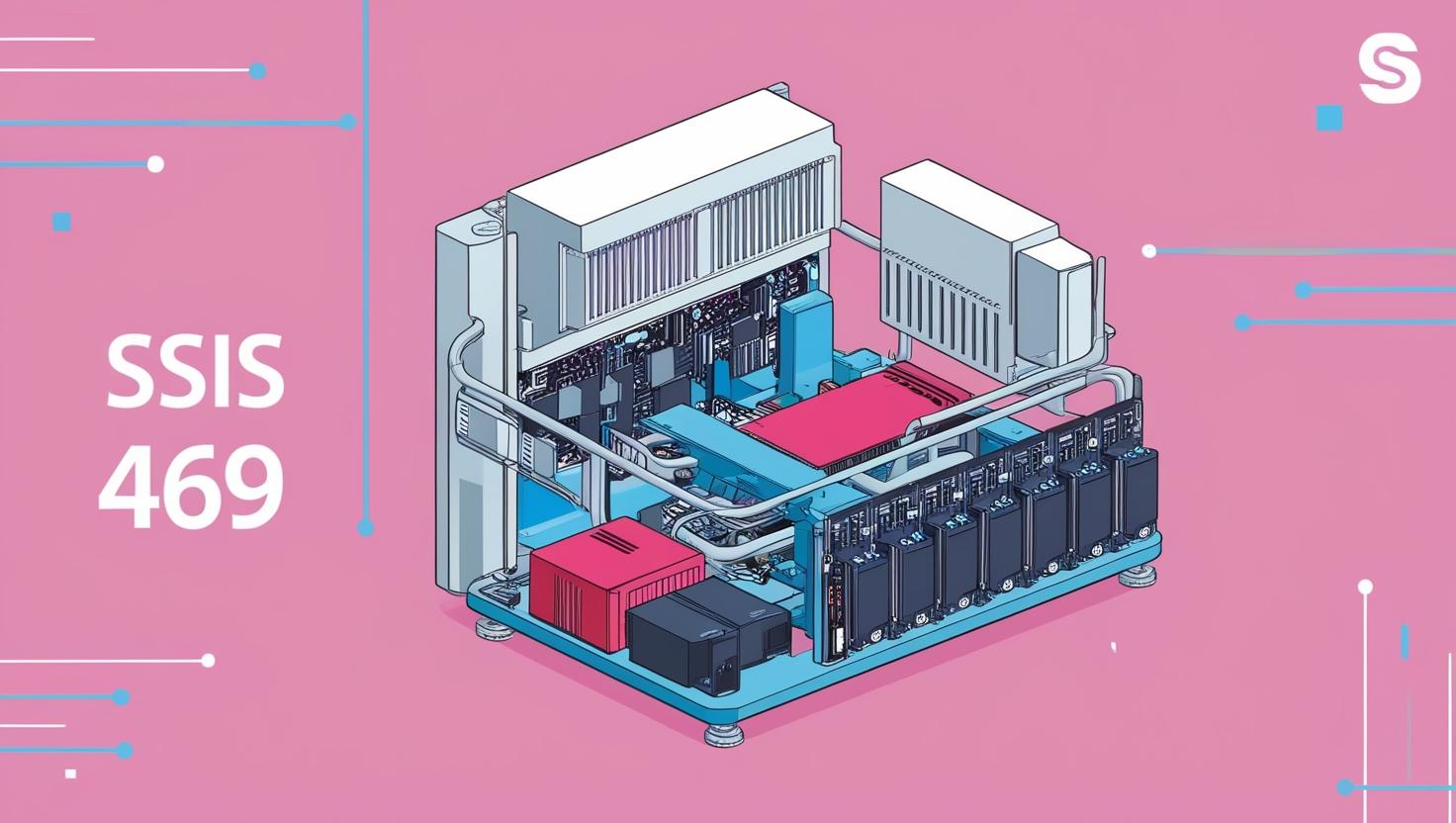If you’re working with SQL Server Integration Services (SSIS) and have encountered the term “SSIS 469”, you might be scratching your head. It’s not a well-known or officially documented error code, yet it appears in logs, execution reports, or runtime messages during ETL operations. So, what is it exactly?
In this guide, we’ll explain everything you need to know about SSIS 469. We’ll examine its possible meanings, common causes, how to troubleshoot it effectively, and ways to prevent it from happening again.
Let’s dive into the details and get your data flows running smoothly.
What Does SSIS 469 Mean?
SSIS 469 is a non-standard or undocumented error code. Unlike well-known SSIS errors with detailed documentation, 469 typically appears in internal logs or execution results when a task fails without throwing a specific system exception.
From reports by developers and DBAs, the 469 error code in SSIS is most commonly linked to the following:
-
Script task or script component failures
-
Data flow execution errors
-
Transformation or conversion problems
-
Silent failure within components
While it doesn’t tell you much by itself, it’s a red flag that something in the package didn’t work as intended, and more investigation is needed.
Where You Might See the SSIS 469 Error
Here are some common situations where the 469 code might appear:
1. Script Component Issues
You might see SSIS 469 when a script task throws an exception that isn’t handled correctly. This could be due to:
-
Null reference exceptions
-
Type mismatches
-
Incorrect casting
-
Unexpected input data
These errors often go unnoticed unless you’ve set up logging or error redirection properly.
2. Data Conversion Failures
Another major reason is incompatible data types between the source and the destination. For instance:
-
Trying to insert a
varcharinto adatetimefield -
Truncation when moving data from a larger field to a smaller one
-
Unicode vs non-Unicode mismatches
These kinds of errors can cause silent failures within data flow tasks.
3. Connection Problems
If your SSIS package is using OLE DB, ADO.NET, or other connections to pull or push data, a timeout or disconnect can trigger a generic failure—sometimes returning error code 469.
4. Improper Deployment or Corrupt Package
A damaged or improperly deployed SSIS package might fail during runtime. In cases where the system doesn’t catch the exact failure, the engine might return 469 as a default error.
How to Fix SSIS 469: Step-by-Step Troubleshooting
If you’re encountering the SSIS 469 error and don’t know what’s causing it, follow these steps to help troubleshoot and resolve the issue.
Step 1: Turn On Detailed Logging
The first thing you should do is enable detailed logging in your SSIS project. This will provide you with more information about where the issue is occurring. You can do this using SQL Server Data Tools (SSDT) or within SSISDB by querying the event messages. By doing so, you can find the specific task or data row that’s causing the failure.
Step 2: Check Your Script Tasks
Next, review any custom script tasks or components in your SSIS package. Common issues might include accessing null values, mismatched data types, or problems with variable casting. To prevent this, always ensure that you have proper error handling in place. If you encounter an issue, it’s a good idea to log the error message or raise a custom error to help identify the problem more easily.
Step 3: Check Data Types and Mappings
Use Data Conversion tasks to ensure fields match between source and destination.
- Avoid implicit type conversion.
- Always match field lengths, data types, and nullability.
- Watch out for decimal precision and scale.
Step 4: Add Error Output Redirection
In your Data Flow tasks, configure error outputs on each transformation. Redirect failing rows to a flat file or staging table for review.
This gives you full visibility into which rows are causing the error.
Step 5: Re-deploy Package
If you suspect the issue might be with deployment, re-deploy the SSIS package using the Project Deployment Model. Validate the package in SSDT and run a test execution.
Step 6: Apply Updates and Patches
Ensure your SQL Server instance and SSIS components are fully updated. Some unexplained errors like 469 have been fixed in cumulative updates or service packs.
Pro Tips to Prevent SSIS 469
-
Always validate your source data before transformations.
-
Use the Derived Column task to handle nulls or default values.
-
Isolate critical transformations in separate containers or tasks.
-
Keep your SSIS packages modular and well-commented.
-
Test with small datasets in a dev environment before full runs.
-
Use event handlers to capture and log unexpected issues.
Frequently Asked Questions (FAQ)
Q1: Is SSIS 469 a documented error by Microsoft?
No. There’s no official documentation for SSIS 469 from Microsoft. It appears to be a generic or internal code used to indicate failed execution.
Q2: Can I ignore the 469 error if my package seems to complete?
You shouldn’t. Even if the package finishes, a 469 code typically means a component didn’t execute as expected. Ignoring it could lead to data loss or integrity issues.
Q3: Does using error redirection prevent this error?
It doesn’t prevent it but helps identify and isolate the issue. Redirecting bad rows or logging failed components gives you insight into what went wrong.
Q4: Will upgrading to a newer SQL Server version fix SSIS 469?
It depends. In some cases, especially if you’re running into compatibility bugs. Upgrading can help if the root cause is a known issue fixed in a later version.
Conclusion
Although SSIS 469 isn’t officially documented, it’s a clear sign that something in your package failed silently. Whether it’s a script error, data mismatch, or deployment issue, the key to fixing it is proper logging, validation, and error handling.
By applying the steps and best practices outlined here, you’ll be able to pinpoint the cause and build more reliable SSIS packages.


